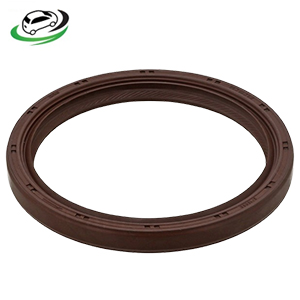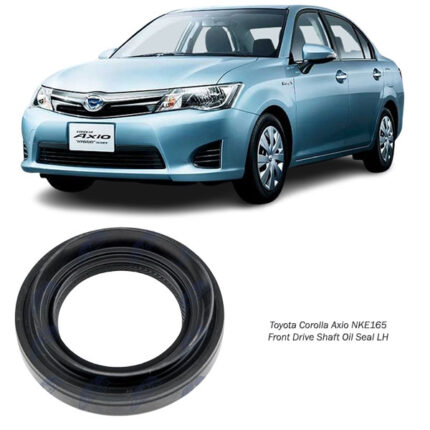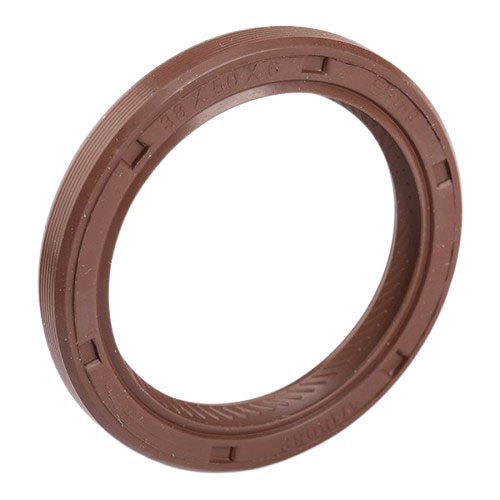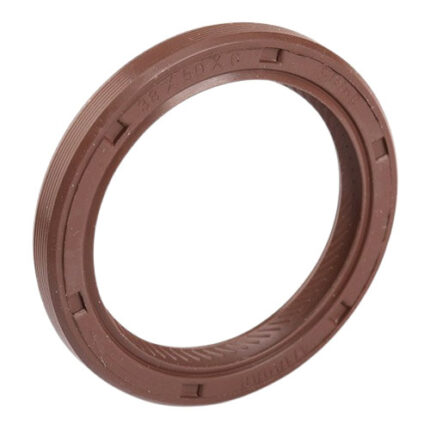Get Genuine Camshaft Oil Seal Assy 90311-38089 in Kenya
The camshaft oil seal assembly, often referred to as the camshaft seal or camshaft oil seal, is a critical component in an internal combustion engine. It is responsible for preventing oil leaks around the camshaft, which is crucial for maintaining engine performance and longevity. This detailed exploration covers the function, importance, materials, common issues, replacement process, and maintenance of the camshaft oil seal assembly.
Function and Importance
The primary function of the camshaft oil seal assembly is to provide a tight seal around the camshaft where it exits the cylinder head. This seal prevents engine oil from leaking out of the engine, ensuring that the camshaft and associated components remain properly lubricated. Key roles include:
- Sealing: It creates a barrier that keeps the engine oil within the engine, preventing leaks that could lead to oil loss and insufficient lubrication.
- Contaminant Exclusion: The seal blocks dirt, dust, and other contaminants from entering the engine, which could cause wear or damage to internal components.
- Pressure Maintenance: The seal helps maintain the necessary oil pressure within the engine, ensuring that oil reaches all critical components for proper lubrication.
Materials
Camshaft oil seals are made from materials designed to withstand the harsh conditions within an engine, including high temperatures, oil exposure, and mechanical wear. Common materials include:
- Nitrile Rubber (Buna-N): Known for its excellent resistance to oils and fuels, nitrile rubber is a cost-effective option that performs well in a wide range of temperatures.
- Fluoroelastomer (Viton): Offers superior resistance to high temperatures, chemicals, and oils, making it ideal for high-performance and high-temperature applications.
- Silicone Rubber: Provides excellent heat resistance and flexibility, suitable for engines that operate at higher temperatures.
- Polytetrafluoroethylene (PTFE): Known for its low friction and high resistance to chemicals and heat, PTFE seals are durable and offer extended service life.
Common Issues
Despite their durability, camshaft oil seals can experience wear and damage over time, leading to several common issues:
- Oil Leaks: The most evident sign of a failing camshaft oil seal is an oil leak. This can manifest as oil spots under the vehicle or visible oil on the engine components.
- Engine Misfire: Oil leaking into the timing belt or chain area can lead to misfires, as the oil can cause the belt or chain to slip.
- Noise and Vibration: Insufficient lubrication due to oil leaks can result in increased friction and noise from the camshaft and related components.
- Overheating: Loss of oil can reduce the engine’s ability to dissipate heat, potentially leading to overheating and more severe engine damage.
Replacement Process
Replacing the camshaft oil seal is a crucial maintenance task that should be performed when signs of wear or leakage are detected:
- Preparation: Ensure the engine is cool before starting. Gather necessary tools and replacement seals. Disconnect the battery to prevent accidental starts.
- Access: Remove any components obstructing access to the camshaft seal, such as the timing cover, timing belt or chain, and other related components.
- Removal: Carefully remove the old seal using appropriate tools, such as a seal puller or screwdriver. Avoid damaging the camshaft or the cylinder head.
- Inspection: Inspect the camshaft and the sealing surface for wear or damage. Clean the area thoroughly to ensure a proper seal.
- Installation: Apply a thin layer of oil to the new seal and carefully press it into place. Use a seal driver or a socket of the appropriate size to ensure even installation.
- Reassembly: Reinstall any components removed during the process, ensuring all bolts and fittings are tightened to manufacturer specifications.
- Testing: Start the engine and monitor for any signs of oil leakage. Check for abnormal noise or vibration, and verify that the engine operates smoothly.
Maintenance
Proper maintenance can extend the life of the camshaft oil seal and prevent premature failure:
- Regular Inspections: Periodically check for signs of oil leaks around the camshaft seal and other engine components.
- Timely Oil Changes: Regular oil changes ensure clean oil, which reduces wear on the seals and other engine components.
- Quality Parts: Use high-quality seals designed for your specific engine to ensure proper fit and durability.
- Proper Installation: Ensure seals are installed correctly, following the manufacturer’s specifications and using the right tools.
Follow us on Facebook for more parts.




